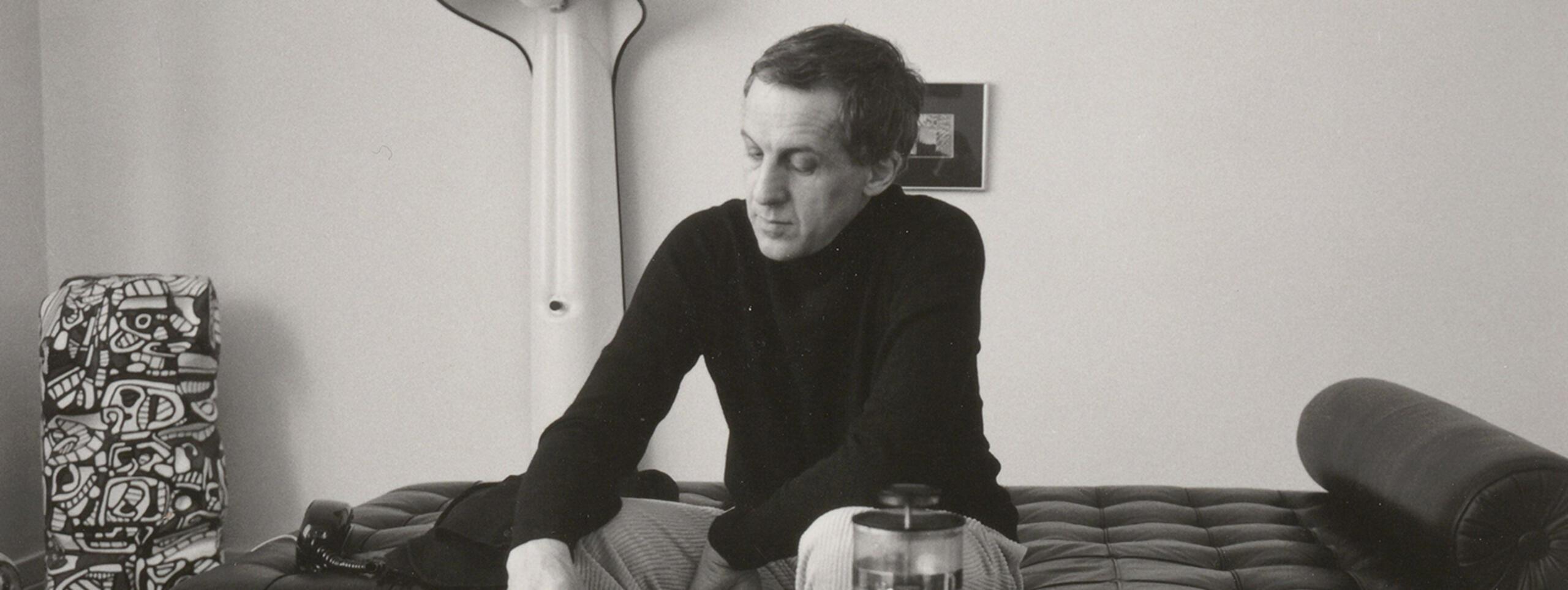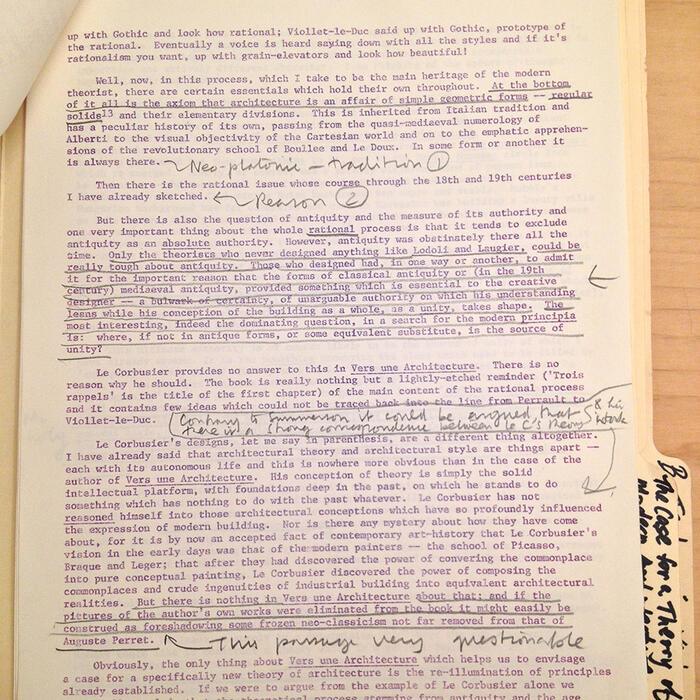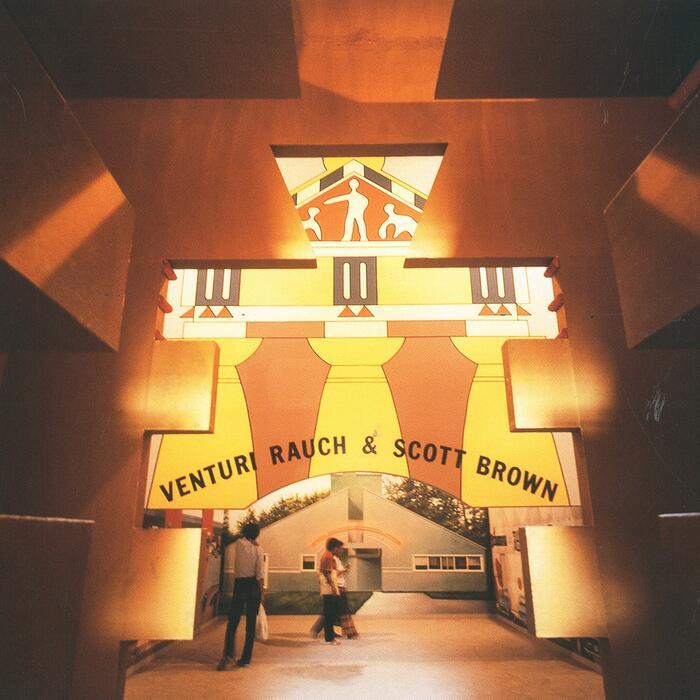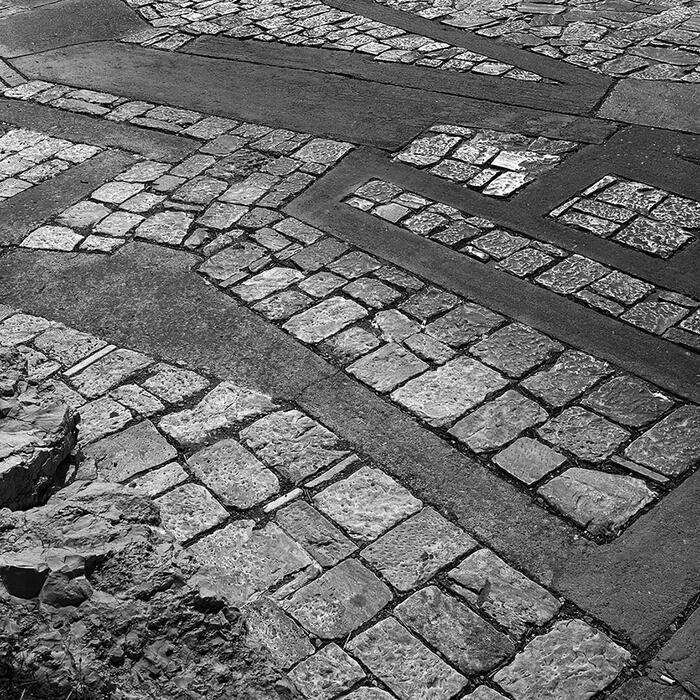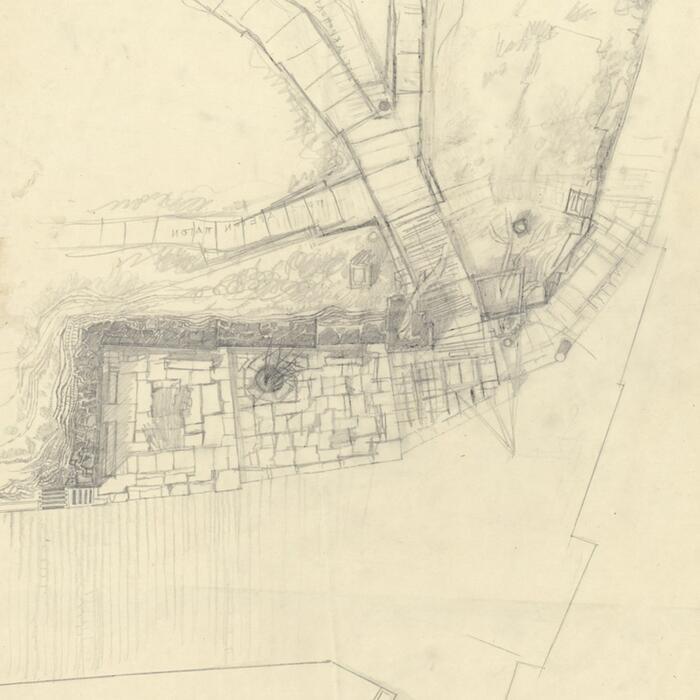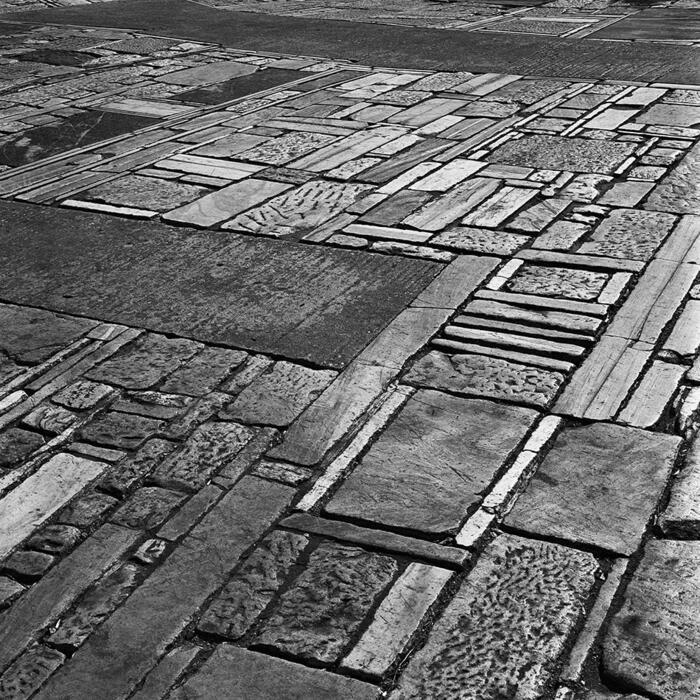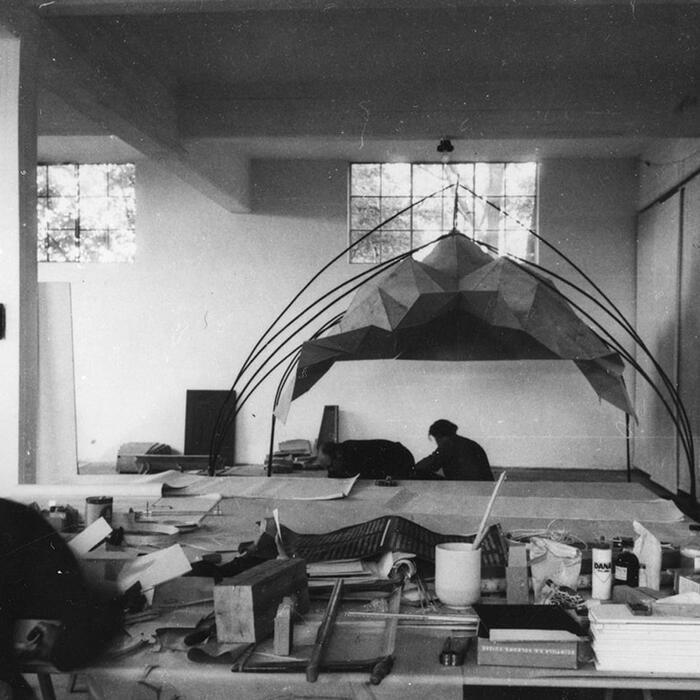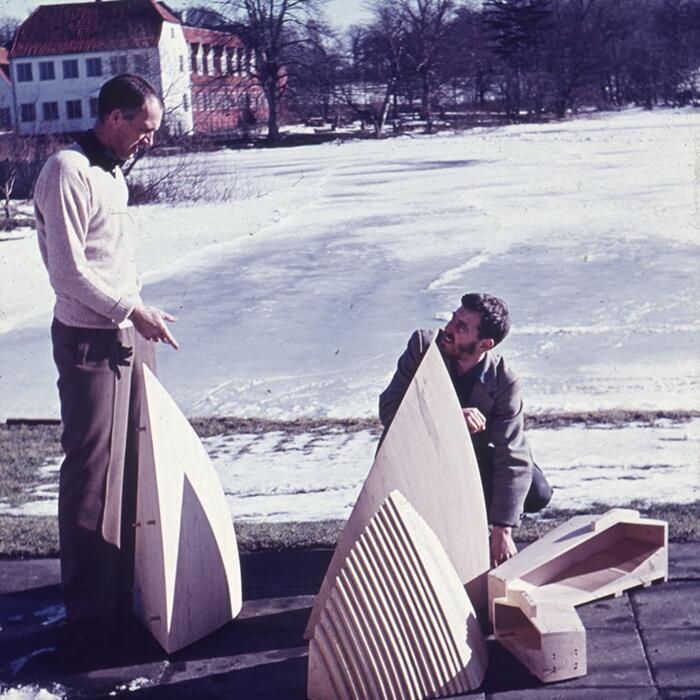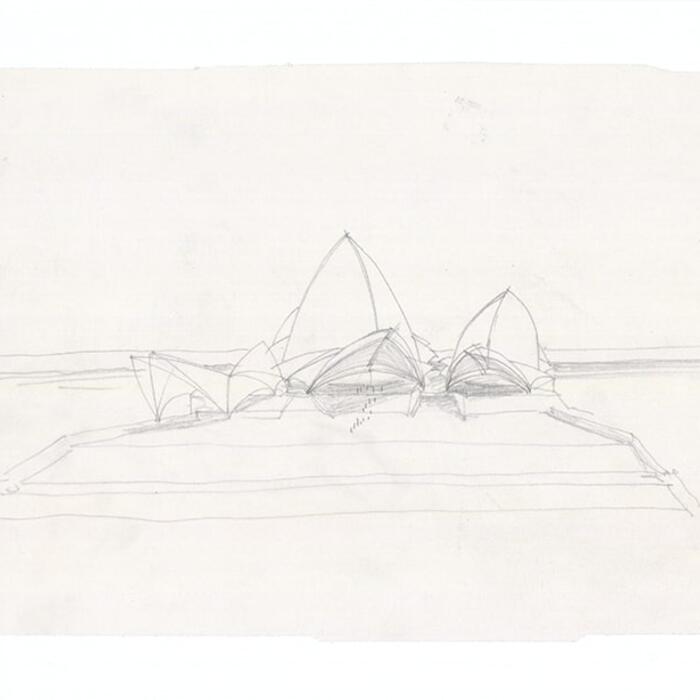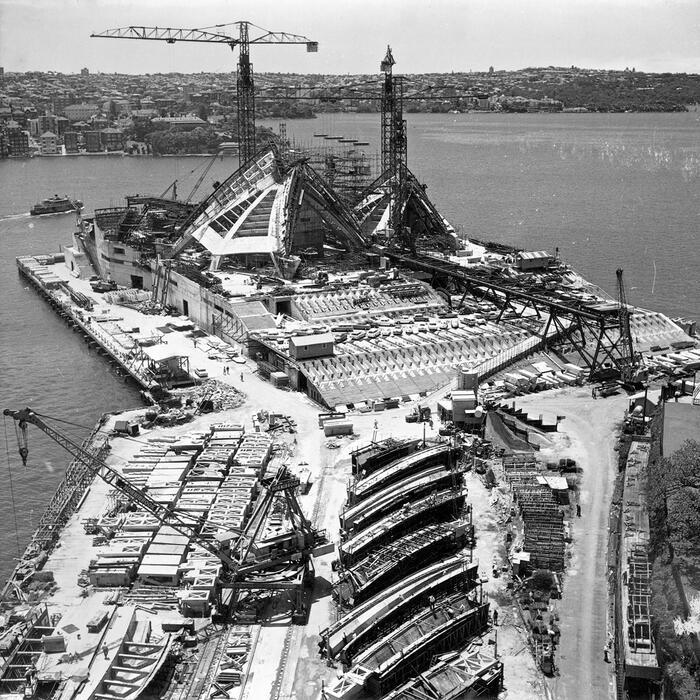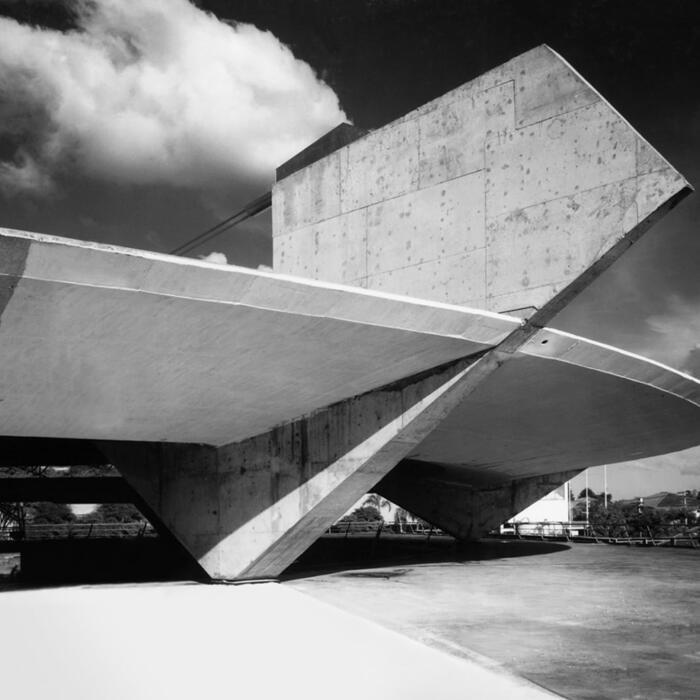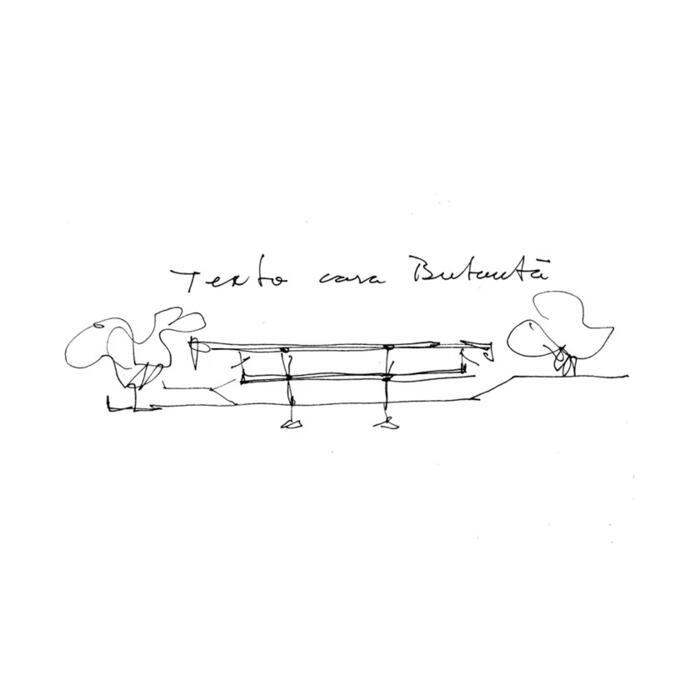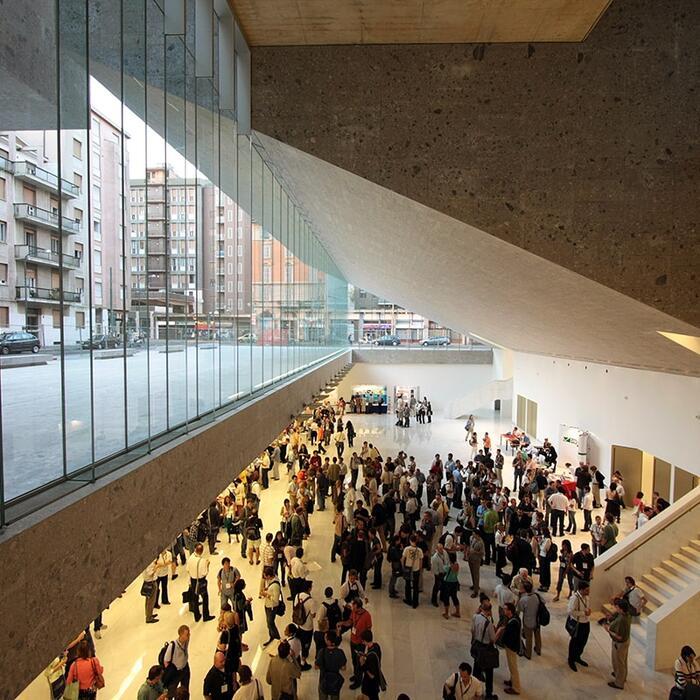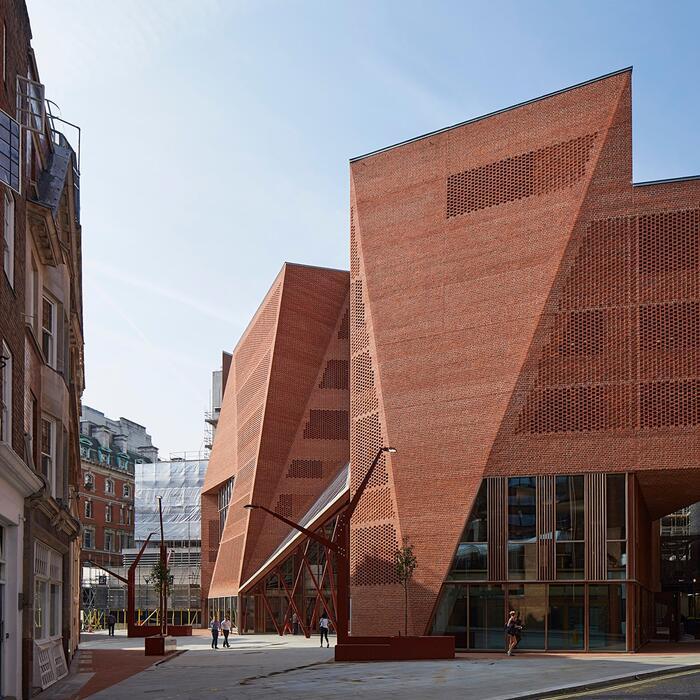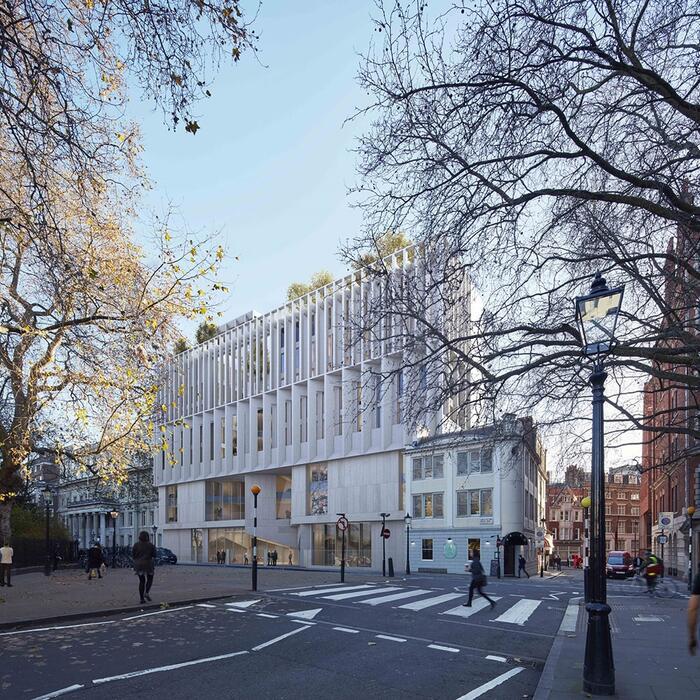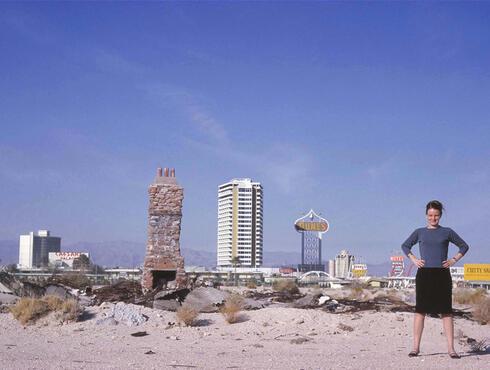Kenneth Frampton occupies a unique position in architectural culture of the last half century. His work as an architect, writer, critic, educator and academic has shaped and informed the outlook of countless students and architects.
Few practitioners today can claim not to have been influenced by his thinking and ideas, notably around issues of context and culture, as articulated in his seminal and still powerfully contemporary text ‘Towards a Critical Regionalism: Six Points for an Architecture of Resistance’ (1983). His book, Modern Architecture: A Critical History, was an immediate critical success and has been published in four editions and in more than a dozen languages since its 1980 release. Other works such as Studies in Tectonic Culture (1995) and Labour, Work and Architecture (2002) have driven the ways that we see, think about and understand modern architecture and its role in society.
Born in 1930, Frampton enrolled as a student at the Architectural Association in London in 1950, where he formed part of a cohort including Neave Brown, Patrick Hodgkinson, John Miller, Adrian Gale and David Gray, and studied under the likes of Maxwell Fry and Jane Drew, and Alison and Peter Smithson. In 1962 he worked simultaneously as an architect and editor in London, joining both the staff of Architectural Design, where he designed numerous memorable covers as technical editor, and the office of Douglas Stephen, where he went on to design the now-listed Craven Hill Gardens in Bayswater.
In 1966 he began teaching at Princeton University. He was also a fellow at the Institute for Architecture and Urban Studies and a founding editor of its journal Oppositions. In the early 1970s he joined Columbia University, where he has taught for the past fifty years. His continued work as an educator and critic has influenced the history, teaching, practice and theory of architecture ever since.
The following short texts have been excerpted from Kenneth Frampton's Soane Medal Lecture, delivered in 2019.
Architecture of Resistance Back to top
Researcher and photographer (above): Gregorio Carboni Maestri.
Despite our political incapacity to confront the environmental nemesis of our time, architecture can be pursued as the cultivation of a poetics of construction dedicated whenever possible to the realisation of a ‘space of public appearance’ within which society may still realise some measure of its potential sovereignty. My attempt to posit a viable theory of architecture, not only in terms of an ontology of building, but also with regard to what tectonic expressiveness has been able to achieve over the past half century brings to my mind John Summerson.
Apart from being the illustrious curator of Sir John Soane’s Museum and an erudite and eloquent scholar, Summerson took upon himself, in the late 1950s, the unenviable task of attempting a theory of modern architecture for the postwar period in a memorable lecture, ‘The Case for a Theory of “Modern” Architecture’, which he gave at the RIBA in 1957. In this lecture he argued that either programmatic functionalism or the syntactical legacy of classicism had to be the source of unity. In his exclusion of any hybrid discourse he seems not only to have revealed his disdain for the Arts and Crafts tradition, with its roots in the vernacular, but also for the erstwhile cosmopolitanism of the interwar British modern movement. With the possible exception of Le Corbusier and Viollet-le-Duc, Summerson appears to have been largely disinterested in anything that lay beyond the confines of his island nation.
In today’s inter-connected, globalised world, such provincialism is no longer viable, even if it has led to some of the country’s most talented architects completing their best work abroad. Yet if we are to cultivate an architecture of resistance to our compulsive commodification of the environment, it is to the earthwork that we must look as the means of achieving a significant transformation of a given site so that a ‘space of public appearance’ might spontaneously emerge.
Towards a Critical Regionalism Back to top
The publication of ‘Towards a Critical Regionalism: Six Points for an Architecture of Resistance’ virtually coincided with the first formulation of postmodernism via Jean-François Lyotard’s book The Postmodern Condition, published in French in 1979. The advent of the postmodern condition would find its cultural echo in the stylistic postmodernism of the first full Architecture Biennale, staged in Venice in 1980. This exhibition was curated by the Italian architect Paolo Portoghesi under the eclectic slogan ‘The End of Prohibition and the Presence of the Past’.
It is telling that its centrepiece, the so called Strada Novissima, comprised a sequence of shopfront facades designed by a rising generation of star architects, modelled after the sophistry of Robert Venturi’s ‘decorated shed’ as advanced in his book Complexity and Contradiction in Architecture of 1966. Perhaps fittingly, the ‘new street’ was erected by the scene builders of the Italian film industry.
It was this scenographic provocation that prompted ‘Towards a Critical Regionalism’, which was first published in Hal Foster’s anthology The Anti-Aesthetic: Essays in Postmodern Culture. I took the term ‘critical regionalism’ from Alexander Tzonis and Liliane Lefaivre’s 1981 text The Grid and the Pathway, in which they made a comparative critique of the two most prominent Greek architects of the 1950s, comparing the trabeated forms of Aris Konstantinidis to the tactile topographic approach of Dimitris Pikionis, particularly the latter’s undulating landscape on the Philopappos Hill, built adjacent to the Athenian Acropolis in 1959. Influenced by Tzonis and Lefaivre, I developed my critically regionalist manifesto as a stratagem with which to offset the impact of universal civilisation by stressing the crucial importance of the place-form as a ‘space of public appearance’.
The Earthwork Back to top
In my view the earthwork and its extension into the landscape, embodying a cosmogonic transformation of the site, has the potential today of constituting the core of a resistant architecture. This is an architecture that is capable of mediating our compulsive commodification of the environment by virtue of integrating a building into its site rather than merely proliferating yet another free-standing aesthetic object unrelated to either its site or to other objects in its vicinity. This idea is related to the Semperian concept of the Bekleidung, in that the cladding of a building may simultaneously both reveal and conceal its basic structure. In his essay, Gottfried Semper identified the ‘Four Elements of Architecture’ as: the earthwork elevating the hut above the ground, the hearth recessed into the earthwork, the framework and roof and the ‘woven’ infill wall providing the basic enclosure. All of these elements were present in the Caribbean hut that Semper first witnessed in the Crystal Palace exhibition of 1851. With regard to my appraisal of canonical archi-tectonic works of the last half century, we may condense Semper’s four elements into the earthwork and the roofwork.
Perhaps the first intimation of the tectonic in the modern tradition is to be found in the work of Le Corbusier, where the earthwork–roofwork dialectic, appears in his weekend house at La Celle-Saint-Cloud, of 1935, where the earth is mounded up over the house thus covering its vaulted, shell-concrete roof with turf.
But it is after the the Second World War when the earthwork–roofwork emerges as a topographic tour de force in Jørn Utzon and Tobias Faber’s 1947 competition entry for the London Crystal Palace site. This project was an early manifestation of Utzon’s life-long, preoccupation with his transcultural pagoda/podium paradigm which attained its ultimate expression in his 1957 winning entry for the Sydney Opera House, a duality which he returned to more modestly in his Bagsværd Church, completed outside Copenhagen in 1976.
Transcending Form Back to top
Across the Atlantic, the heroic Brazilian tectonic tradition in reinforced concrete was inaugurated in 1955 by the Museum of Modern Art in Rio de Janeiro, designed by Affonso Reidy. Something similar can also be found in Paulo Mendes da Rocha’s Athletico stadium in São Paulo of 1958, which combines a suspended wire-cable roofwork with a cantilevered reinforced concrete earthwork. In this example, we have a typically Brazilian ‘space of public appearance’, located in downtown São Paulo, and open on its perimeter so as to encourage the infiltration of passers-by. As the academic and educator Maria Isabel Villac has remarked, this building aspires to a wider political significance, transcending its dynamic form. At the same time, one is struck not only by the elegant ingenuity and clarity of the structure but also by its inherent economy.
Another example is Mendes da Rocha’s own house built in the Butantã, a suburb of São Paulo, in 1964. Apart from the earthwork–roofwork paradigm, the house is a family dwelling conceived as a ‘space of public appearance’. This is surely the most striking aspect of its plan, where top-lit bedrooms are set between an entry foyer on one side and living/dining volume on the other. Downstand beams carrying floor and roof are each cantilevered in both directions from only four supports. This allows the house to be economically suspended above the earthwork, bounded by a berm and a free-standing concrete wall within which automobiles are parked under the house. In this way, the house becomes a built demonstration, as it were, of Mendes da Rocha’s polemic that ‘a house is a public building’.
A similar territorial imagination is evident in the mega-form that Mendes da Rocha projected for the outskirts of Paris in 2008 to house an athletic campus to be built as part of a French bid for the 2012 Olympic Games. This earthwork was conceived as a gigantic podium, crowned by a roofwork of stadia that would have been perceivable as a major intervention within the megalopolis that surrounds the city on every side.
Architecture of Cultural Spirit Back to top
In terms of architectural culture, Dublin has risen to the fore of late, having been influenced over the last half century by such luminaries as Mies van der Rohe, Louis Kahn, Alvar Aalto and James Stirling, and by the teaching in the 1970s of Ed Jones, Su Rogers and John Miller at the Royal College of Art. This heritage, which was independently cultivated within the architectural faculty of University College Dublin under the charismatic leadership of Shane de Blacam, led to the emergence of Group 91, which worked on the restoration of the Temple Bar district in Dublin in the early 1990s. The two most fertile practices to emerge from this experience are Sheila O’Donnell and John Tuomey, and Grafton Architects, founded by Shelly McNamara and Yvonne Farrell. The latter practice came to international prominence after winning a limited competition to expand the leading Italian business school, the Luigi Bocconi University in Milan. Theirs was the only design that was able to meet the requirement of providing an aula magna, or great hall, that was equally accessible to both university and city. Completed in 2008, this ‘space of public appearance’ marked the beginning of their penchant for using wide-span, cantilevered reinforced concrete construction.
Following this, Grafton were able to build on their reputation of expertise in the design of business schools. This led to the design and realisation of a brick-faced business school in Toulouse, and their Marshall Building for the London School of Economics, situated on a prominent site on the southwest corner of Lincoln’s Inn Fields. It is surely symptomatic of the current prowess of Irish architecture that this is the second work to be commissioned by the LSE from the Group 91 generation, the first being a student centre built to the designs of O’Donnell + Tuomey on a tight site near the northern end of the campus. For Grafton, an even more unequivocal ‘space public of appearance’, this time in their native Ireland, is a project for the Dublin City Library. This will be built behind a Georgian terrace facing onto Parnell Square in the centre of the city and will see a heroically cantilevered reinforced concrete structure soaring above the reading room in recognition of the one art, above all others, that embodies the essential cultural spirit of the Irish nation.
Header image credit: Kenneth Frampton, c 1981, the year ‘Towards a Critical Regionalism’ was first published, photo Silvia Kolbowski. Kenneth Frampton fonds, Canadian Centre for Architecture, gift of Kenneth Frampton
